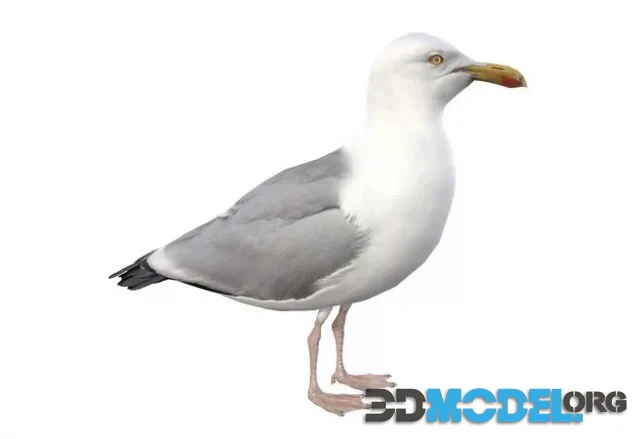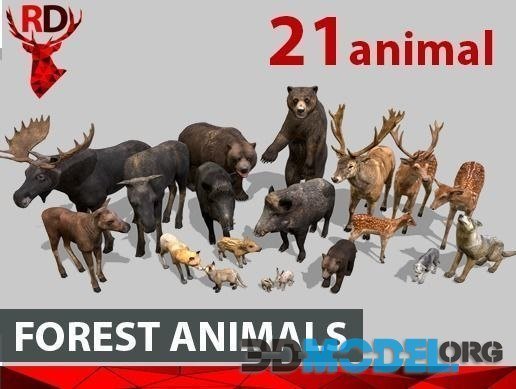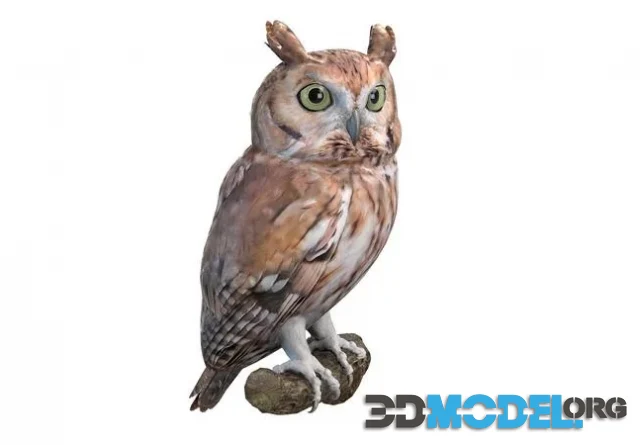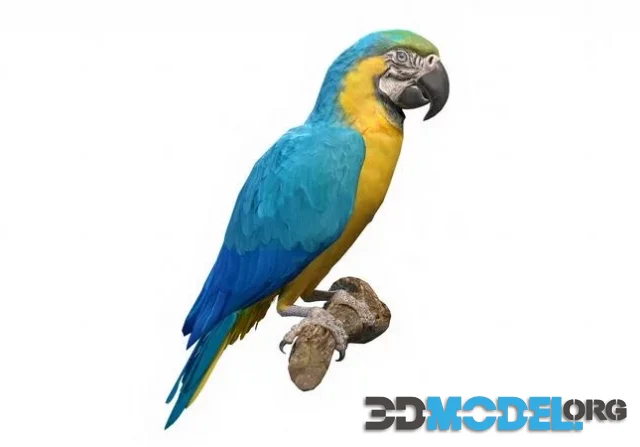Seagull (PBR)

Gulls are omnivorous birds, feeding on a variety of foods such as fish, shellfish, carrion, worms and smaller animals. Due to their highly mobile lifestyle and opportunistic feeding style, these birds may travel hundreds of miles in search of new food sources.
They often congregate together in colonies of up to thousands of birds, from small pairs to massive flocks that may number millions. They possess a highly energetic nature and will often form mobs to chase away intruders and defend their territories.
Seagulls communicate through a series of distinct calls that demonstrate aggression, identify mating partners, alert the colony of an impending threat and settle territorial disputes. In addition to familiar screams, seagulls can also use sounds like 'yeow!' which convey important information like 'I'm hungry' or 'I'm in danger.'
Gull communication is intricate, and an integral part of their social behavior. This field was pioneered by Norwegian scientist Niko Tinbergen - who won the Nobel Prize in 1963 for his research on vocalizations and stereotyped behaviors.
Shoals University researchers have utilized cutting-edge sound and video analysis technology, unimaginable even during Tinbergen's time, to study the subtle signals gulls send when threatened. When a chick is hatching, parents go into full defensive mode - they scream, dive and screech in an intense frenzy while flailing around with their wings, beaks and feet.
This chaotic, ethereal scene is an iconic example of how gulls communicate with one another to maintain order and discipline in their flocks. It's an inspiring study in social behavior that showcases how gulls demonstrate more communication than most other birds while still managing to strike a delicate balance between competition and cooperation.
Realistic 3d-model with textures. Good for various projects.
File type: MAX, FBX, OBJ
Ctrl
Enter
Noticed a misTake
Highlight text and press Ctrl+EnterRelated news:
Comments (0)






